Napoleonic Battles! Poland 1812: The Aftermath
July 19, 2014 by crew
So, the well-trained French were held at bay by a Russian army in Poland. How did this happen? Was the weather against the French? Were there conflicting orders given to French commanders? Where the Russians informed of the French tactics? We will find out today on: Napoleonic Battlefield Review.
Battle Prologue
In the evening before the battle, the Polish civilians of the walled town head to the church for refuge as both armies can be seen camping both East and West of the area. When they reach the church, the priests are already loading carts of all precious religious treasures from the church. The civilians and priests then evacuated the area, heading south to the nearest safe town.
Some Russian and French skirmishers advanced towards the area where the battle would be fought to try and assess numbers of the enemy, but both were pretty unsuccessful. The reports came back from the skirmishers saying that the camp fires of the enemy were visible.
Just before dawn, the French send a squadron of Lancers in a looping scouting run to the south to approach the town from the southern road. At a similar time, the Russian Cossacks had left the confines of the Russian camps and had moved both north and south to scout the early movements of the French.
In the early morning light, the troops from both armies advance onto the field and engage in a brutal battle.
Battle Review
So, how were the Russians able to hold off the French onslaught? The French were better trained and at the time Napoleon withdrew his troops from the field, he still had fresh troops that were still advancing towards the battle.
One possible factor was decided even before the battle started. The Russian general was able to pick his own commanders. Is this such a big factor? Well, yes, it might be. This gives the choice to commanders who's gaming styles can affect how they use their units. Why would you assign a player who loves getting their units up close and personal into melee combat a unit of sharp-shooters? They may be able to use them fairly well, but give them to a commander who can use them to their full effect, they will be much more deadly. Also, they can be used in locations on the battlefield that their game styles are suited to.
Another factor is that the Russians were able to roll for scouting. They were able to see if their scouts were able to see French troop movements off-table. Is this a big factor? Well, due to this, the French cavalry flank from the south was spotted so allowed the Russians to close the door before they were able to spring the trap. If the Russians were able to get in position, the heavy cavalry would have been behind the Russian artillery batteries, and due to their size, they would have been almost impossible to have reacted before suffering casualties.
The third factor would be down to the players style. Basically, the walled town was roughly in the middle of the table, but the Russians were able to get troops into the town before the French. This was due to the Russians entering the table in a formation called "Column of Route". This formation was used to move troops in the fastest possible way. The Russians moved onto the board in this formation, and continued in this formation into the town, arriving before the French. The French however, advanced onto the table, but then decided to change formation into "Column of Attack".
This is a terrifying formation to be attacked by. This is the "traditional" French formation during the Napoleonic Wars. There is almost a terror factor used in this formation. As the unit advances, any shots fired will hit the first rank, who will drop. But the second rank simple steps over them and continues advancing. This is repeated until either the firers morale is shattered by the seemingly endless onslaught of the troops and break, or the unit has too many casualties inflicted and they start to disengage and move back. This factor also played a part at the bridge as well. The river was unable to be forded near the bridge so French units needed to cross the bridge itself. The Russians therefore, simply needed to aim everything at the bridge to stop anything coming over it. They did this and managed to hold the French, and in doing so, securing the Walled Church with minimal casualties.
Russian General's Summary
"The Russian General was able to select his commanders, making it easier to assign roles. The Generals were given the battle plan and Generals did as ordered. The town was held. The Church was held. The French outflanking manoeuvre was spotted and neutralised. The French forces at the bridge were held. The Russian General was heard to say "The main tactic was bottle-necking the French in choke points. It was a cunning plan and it worked."
French General's Summary
"Unable to roll for any scouting and entering the battle field with a "What you see is what you get" approach given by the referee, the French General was left to have to react to things that happened outside the battle plan. The French attack at the bridge, however bloody it was, was a decoy. No solid attack was going to be launched from the North, but the French General decided to put troops to the north to make sure the Russians needed to put troops there to hold them back. The cavalry advance to the south was spotted early and due to the trees, was unable to launch a successful assault behind the Russian lines, and due to having enemy troops in the town, the French faced an uphill battle there, despite holding their own for a number of rounds of combat. As Napoleon dropped back from the field, his aides heard him say "I put the lives of my men first. We committed a tactical retreat causing damage to the enemy before leaving the field".
Referee's Summary
The Referee wanted the commanders to see how if one side had extra bits of information, the ability to select commanders, then even a larger, more superior force can be defeated. The Referee did say "The French withdrew sooner than expected. Nevertheless, it was still a good battle. Lots of casualties on both sides, like all good Napoleonic battles need." It is estimated that over 1000 infantry men on both sides were killed in the fight for the town alone.
If you want to read more of this style of reports from my club, feel free to let me know and I will have a chat with the Beasts of War team to see if we can arrange something.
This game has been played using a modified version of the In The Grand Manner rules set. It has been modified to be as historically accurate as possible!
If you would like to write an article or battle report for Beasts of War then please get in contact with us at [email protected]!




































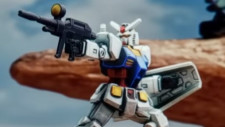




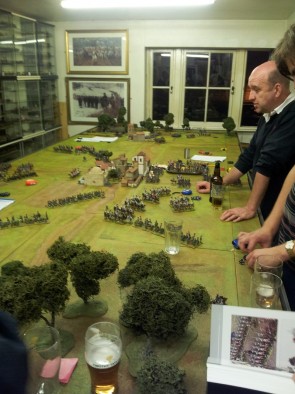
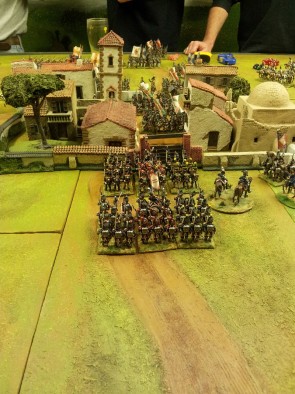
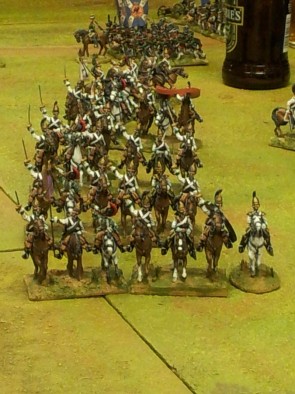
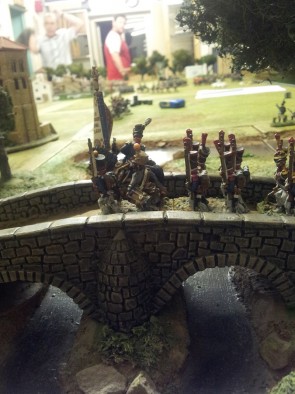
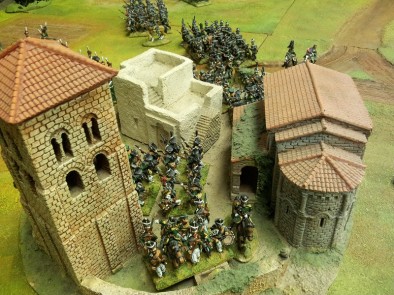



































Deffo more loved it all the way
Thank you for this running post guys! I’m transitioning from fantasy to historical war gaming and this has been a great example; very informative. Please keep them coming.
I like battle reports and this has been a good series. I’d like to see more.
Yes sir, may I have some more. Thanks gang, always up for perusing a Napoleonic battle report or…
I want this so much. Dammit beasts of war, getting me into historical gaming.
Definitely enjoyed the battle report series and enjoyed seeing historical gaming getting a little more “front page” coverage. I especially like how the post-battle synopsis gives both “real world” and “gaming” analysis for how and why certain parts of the battle unfolded the way they did. This close connection hints at how well the system reflects real conditions of the period, leaving the players to choose their own courses, but returning historically-plausible results for those “alternate” choices.
Great report, pictures and minatures. i could read stuff like that all day like most guys read sports pages.
Once I played Oriskany and another friend as two German commander and myself as the sole Russian. And command styles do come into to play. The other fellow was a liitle more conservative; their artillery, (some nasty Leibstandarte SPAs and rockets) was diluted and so forth. Me, I could just Zhukov all my guys in a one massive counterattack.
Oh and awesome shot of the pint glass on the corner of the table.
This is the infamous “Bednost Hill” game? Beware the Lake of Blood! 😀
The only time I’ve seen a German Panther platoon swamped by Soviet cavalry.
Would love to see more!